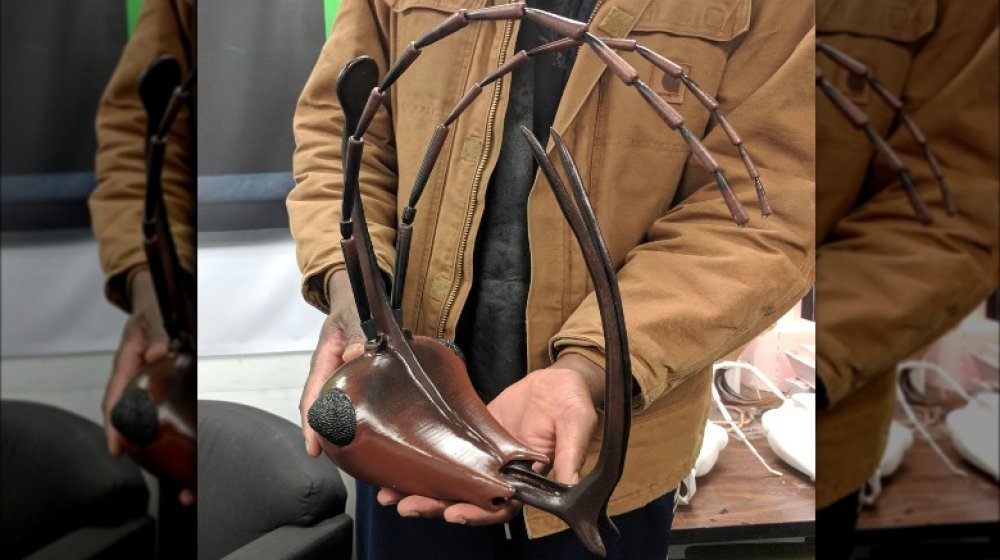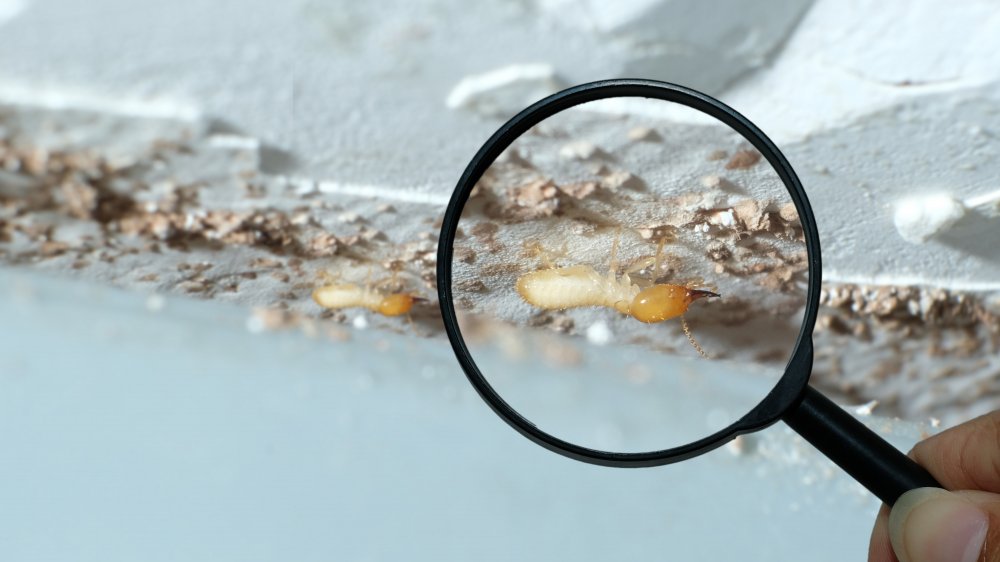Why You Should Be Glad The Hell Ant Is Extinct
Nobody likes getting bitten by ants.
That's probably not true. People like all sorts of things. "Different strokes," as they say. Some people like golf, and that's basically the getting-bitten-by-ants of sports. Some people probably like getting bitten by ants. Some people would probably even like being noshed on by hell ants. We're not here to shame anybody.
Hell ants, for the uninitiated, were a species of insect during the Cretaceous period, and some of the first ant variations believed to have existed. What separated them from your run-of-the-mill contemporary ant farm inhabitants, aside from several million years, was their half Clive Barker half David Cronenberg horror show mouth bits.
According to Smithsonian Magazine, your standard hell ant's face featured a set of mandibles that could operate on a vertical axis, essentially folding hot dog style compared to modern ant mouths' hamburger. That on its own would be a distinctive enough feature, but then there's the matter of their quasi-demonic exoskeletal horns. And that's what you call "burying the lede under a big old pile of ants."
Ant-i climactic
The prevalent theory in the paleontology community has been that the 16 known species of hell ants would trap their prey using (relatively) giant, scimitar-shaped mandibles. Once they had some unfortunate so and so in their powerful mouth bits, they'd use that up-and-down mandibular motion we mentioned earlier to swing the poor sod into the weird horns growing out of their foreheads, essentially operating like prehistoric BattleBots. The theory was seemingly backed up when a chunk of John Hammond-worthy amber was discovered in 2017, containing a hell ant locked in eternal sappy battle with an ancient cockroach predecessor.
"So they could bite things in a creepier way than modern bugs. Does that really justify calling them 'hell ants?'" Maybe not, but then again, researchers have been giving dramatic names to their discoveries for years. There was an animal in Madagascar 66 million years ago that they decided to call "crazy beast," and that was basically just a badger with weird legs. Paleontologists get excited sometimes.
As for why you should be glad that hell ants don't exist today, imagine how much darker Honey, I Shrunk The Kids would've been if it ended 45 minutes in with Rick Moranis finding the skewered bodies of his children scattered around an unblinking Auntie.

